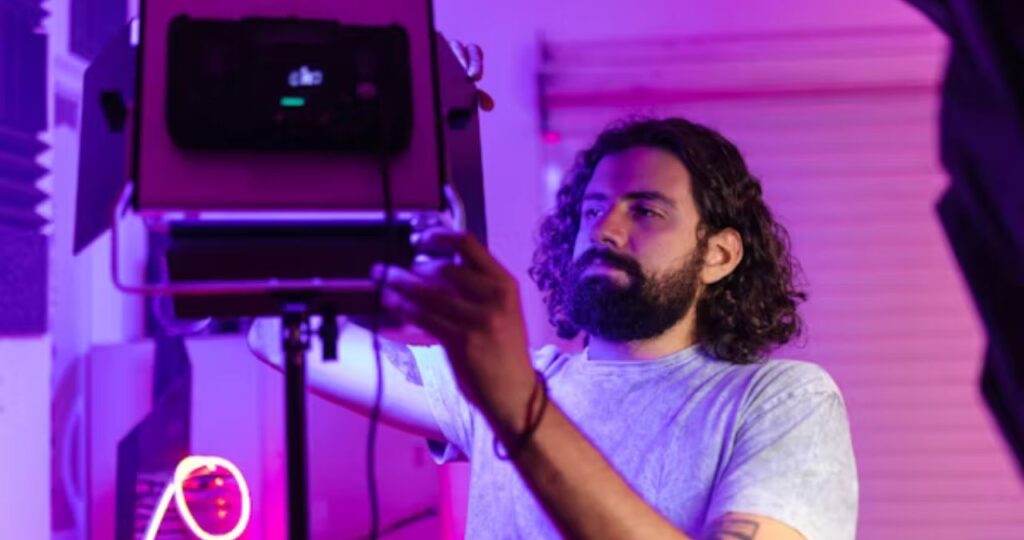Music festivals have long been cultural landmarks—spaces where sound, art, and social expression converge. While global giants like Coachella or Glastonbury dominate headlines, a new wave of indie festivals is carving out a different niche. Among them, Lilapalooza has emerged as a vibrant, grassroots celebration that reimagines what it means to bring people together through creativity, soundscapes, and collective energy.
Far from being just another music event, Lilapalooza emphasizes independent artistry, immersive experiences, and community-driven culture. This makes it more than a gathering; it’s a living ecosystem where audiences and artists shape the festival together.
Origins of Lilapalooza: A Festival With a Different Pulse
Lilapalooza was born out of a desire to break away from mainstream commercialization in music festivals. Instead of focusing on massive sponsorships and corporate branding, the event puts local and independent voices at the center.
The founders envisioned a space where emerging musicians, experimental visual artists, and grassroots collectives could thrive. Over time, it has grown into a cultural hub, drawing audiences not only for its performances but also for its community-first atmosphere.
What sets Lilapalooza apart is its scale and intimacy. Unlike mega-festivals that attract hundreds of thousands, Lilapalooza intentionally cultivates smaller, more connected audiences, encouraging genuine interaction and discovery.
Soundscapes: Redefining Indie Music Experiences
At the heart of Lilapalooza lies its commitment to sound innovation and artistic diversity. The festival lineup typically spans genres like:
-
Indie rock and folk
-
Experimental electronic
-
Lo-fi hip hop and ambient sound
-
World fusion and cross-cultural collaborations
This sonic diversity makes Lilapalooza a destination for those seeking music beyond commercial radio playlists. Performances are often collaborative and improvisational, with artists joining each other on stage for spontaneous sets.
Beyond the main stages, pop-up performances in hidden corners—forest clearings, art installations, or candlelit rooms—transform sound into a multi-sensory journey.
Art as an Experience: Beyond the Stage
Lilapalooza integrates visual and interactive art into its core design. Instead of separating music from art galleries, it blurs boundaries:
-
Large-scale installations invite audience participation.
-
Projection mapping creates ever-shifting stage backdrops.
-
Workshops allow attendees to co-create art alongside professionals.
-
Performance art merges with music, creating theatrical, dreamlike experiences.
This merging of sound and visual expression transforms the festival into a living canvas, constantly evolving with the energy of its participants.
Community at the Center: A Culture of Connection
Unlike many festivals where attendees are passive spectators, Lilapalooza emphasizes co-creation and shared responsibility. Community-driven elements include:
-
DIY spaces where participants can host pop-up shows or art exhibits.
-
Local vendor markets supporting artisans, food growers, and makers.
-
Skill-sharing workshops ranging from music production to sustainability practices.
-
Wellness zones featuring meditation, yoga, and communal discussions.
This approach fosters a sense of belonging and collective ownership. People don’t just attend Lilapalooza; they actively shape it.
Sustainability and Ethical Practices
One of the defining traits of Lilapalooza is its strong commitment to environmental and social responsibility. Recognizing the ecological impact of festivals, organizers implement practices such as:
-
Zero-waste initiatives and composting stations.
-
Banning single-use plastics in favor of reusable systems.
-
Renewable energy powering stages and installations.
-
Encouraging public transport, carpooling, and cycling.
Additionally, the festival often partners with local nonprofits, channeling part of its revenue into community projects, cultural preservation, and environmental conservation.
Lilapalooza vs. Mainstream Festivals
While mainstream festivals rely heavily on big-name headliners, Lilapalooza thrives on emerging talent and experimental artistry. The absence of overwhelming crowds and corporate advertising creates a more authentic, human-scale experience.
Attendees often describe Lilapalooza as feeling less like a concert and more like a creative retreat—a place where discovery, dialogue, and diversity matter more than spectacle.
The Cultural Impact: Why Lilapalooza Matters
Lilapalooza is part of a broader cultural shift: people seeking alternative, intentional communities instead of passive entertainment. By reimagining what festivals can be, it challenges both artists and audiences to think differently about music, art, and human connection.
The festival’s growing influence shows how grassroots creativity can redefine cultural landscapes. It proves that intimacy, sustainability, and authenticity resonate just as powerfully as giant stages and massive crowds.
Looking Ahead: The Future of Lilapalooza
As Lilapalooza continues to expand, its challenge will be to preserve its independent spirit while reaching new audiences. Organizers aim to build networks with other indie festivals globally, fostering cultural exchange and collaborative growth.
Future plans often include more eco-conscious innovations, broader artist residency programs, and deeper integration of technology and immersive design. Yet, at its core, Lilapalooza will remain committed to its founding principle: art, sound, and community in harmony.
Conclusion
Lilapalooza isn’t just a festival—it’s a movement. By reimagining what it means to gather around music and art, it has built a cultural space that champions independence, sustainability, and togetherness. In a world where mainstream entertainment often feels impersonal, Lilapalooza reminds us that creativity flourishes most when people come together to co-create, connect, and celebrate community.
Whether you’re an indie music lover, an artist seeking collaboration, or sim






